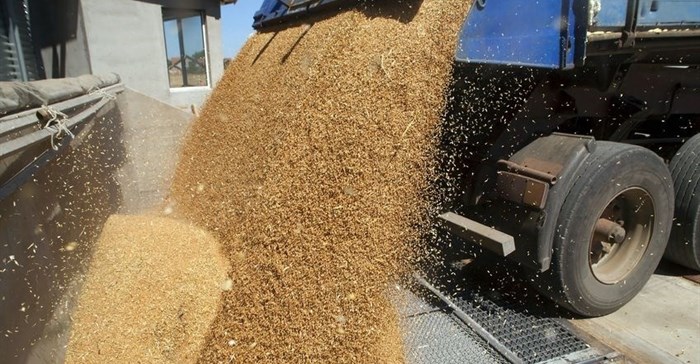
Top stories



Marketing & MediaThe precision trap: Why the collapse of attribution is reviving the brand
Musa Kalenga, Brave Group 5 hours



More news














Marketing & Media
Tunisian journalist Chatha Belhaj Mubarak freed after sentence cut
















For white maize, 56% of the crop, the price dropped from above import parity of R4,081/t in December 2016 to below export parity of R2,220/t currently.
“It would have cost farmers R400/t to protect themselves against the fall in prices,” Loock says. “The amount they’ve lost is more than four times the cost of protecting themselves.
“While it is true that no-one could have foreseen this particular sharp drop in prices, everyone in agriculture knows that prices can vary at any time. If you’re lucky, they go up. If you’re sensible, you’ll cover yourself for when they go down. Had the prices gone up instead of down, in this case, the R400 per ton cost of protection would have been more than offset.
“One can’t lose using a hedging strategy. Especially if, as we always recommend, you hedge only one-third of your crop. The ideal scenario is to sell one-third of the crop on a pre-season minimum price contract and one-third on a pre-season fixed price contract. One can then keep the last third for the end of season premiums, without risking losing good income from the main part of the crop.
“In many respects, not hedging your crop in today’s extremely volatile market is reckless business practice.”
This season’s large crop brings a few additional problems with it, including increased pressure on the logistics needed to bring it to market. “The fact that we’re ranked 20th on the World Bank’s Logistics Performance Index gives us the confidence that we can handle today’s export volumes of 2.8 million tonnes with ease,” Loock says. “Also, we proved in the 2011/2012 season (2.5 million tonnes exported) that we could manage high levels of output.
“What is going to be more challenging is that we’ve been out of the market for the past two years because of the drought. Our absence has enabled other countries to take a share of our usual markets. The USA and Argentina, for instance, have made inroads into our traditional international markets and Zambia has moved into our regional markets. “So, marketing this year’s export volumes may mean having to quickly develop new markets. That will not be easy.”
An additional factor affecting this season’s marketing efforts is an increase in carryover stocks, globally – up by 7%. Also, the International Grains Council’s Grains & Oilseeds Index for maize has dipped slightly over the past five weeks (-1, 8%) on the back of favourable weather for South America supporting crop expectations.
“None of these are insurmountable problems,” Loock says. “They’re simply a reminder to us that we need to be proactive on an ongoing basis about developing new markets alongside the skills to compete more effectively, whether in new or established markets.”